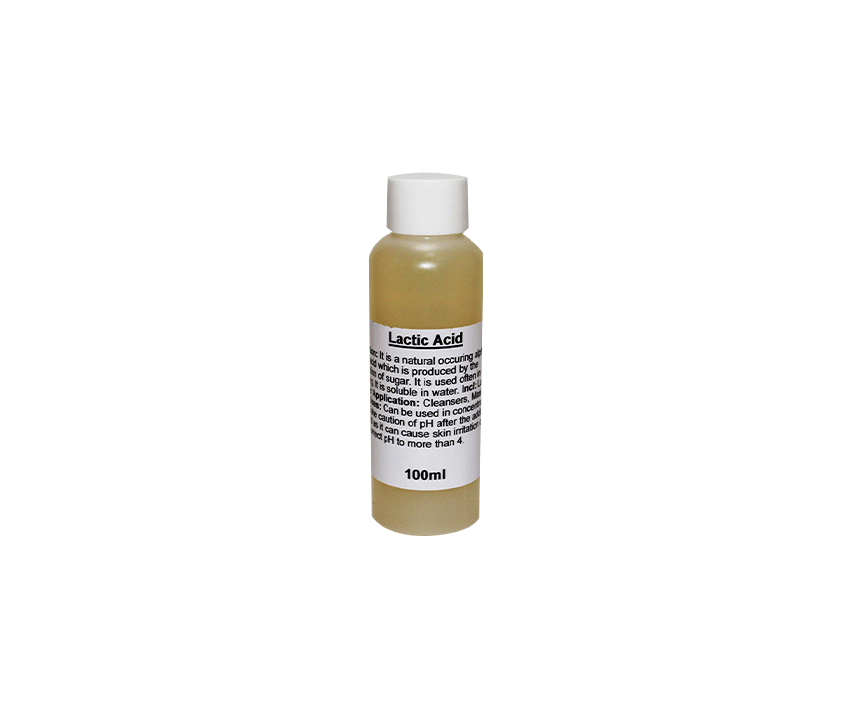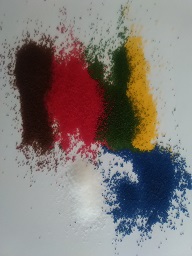Lactic Acid (80%) – 100ml
R40,02
Lactic Acid (80%) – 100ml – is a key ingredient in exfoliating skincare products. It helps remove dead skin cells, improving skin texture and appearance.
3 in stock
Lactic Acid (80%) – 100ml
Lactic acid, an alpha-hydroxy acid (AHA), is a powerful ingredient commonly used in the skincare and cosmetics industries. It offers a wide range of benefits, particularly in exfoliation, hydration, and pH balancing. Here’s how you can incorporate it into your soap, skincare, and cosmetic formulations:
Key Uses in Soap, Skincare, and Cosmetics:
-
Exfoliation: Lactic acid gently exfoliates the skin by dissolving dead skin cells. This action promotes smoother, brighter skin and helps reduce fine lines and uneven skin tone. You can easily incorporate it into soaps, facial cleansers, and exfoliating creams to achieve radiant skin.
-
Skin Hydration: Lactic acid acts as a humectant, drawing moisture into the skin and helping it retain that moisture. This makes it an excellent choice for body lotions, moisturizers, and serums, providing deep hydration and leaving the skin soft and supple.
-
pH Adjuster: You can use lactic acid to adjust the pH of your cosmetic formulations. It helps ensure that your products maintain an ideal pH level that is safe and effective for skin use. It works well in soaps, lotions, and creams, keeping your products balanced.
-
Brightening and Even Skin Tone: Lactic acid helps promote a brighter complexion by removing dead skin cells and encouraging new skin cell turnover. It reduces the appearance of dark spots and hyperpigmentation, making it an ideal addition to skin-brightening serums and treatments.
-
Candle Making: In candle formulations, particularly with soy wax, lactic acid improves the texture and smoothness of the finished product. It enhances the wax’s adherence and may even improve the burning quality, making your candles burn more evenly.
-
Preservative: Lactic acid’s natural acidity provides mild preservative benefits, helping to prevent bacterial growth and extend the shelf life of your cosmetic products like lotions, serums, and creams.
Usage Guidelines:
-
Recommended Concentration: Use lactic acid in concentrations of 1-5% in your cosmetic formulations. It’s water-soluble and should be added to the water phase of your product.
-
Safety: Follow the recommended guidelines to avoid irritation. Lactic acid can be potent at higher concentrations, so it’s important to use it within safe levels.
| Weight | 0,190 kg |
|---|---|
| Dimensions | 6 × 6 × 15 cm |










